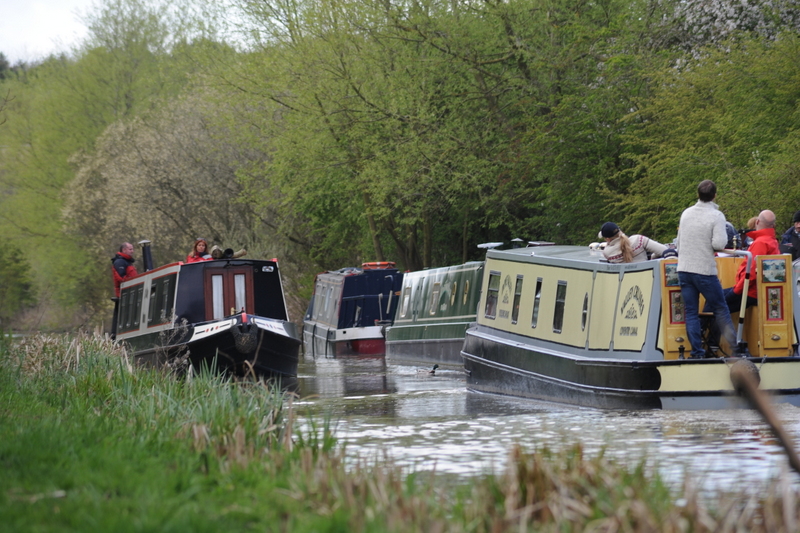Top 10 tips for narrowboat novices
Spring is here and Britain’s beautiful canal network offers over 2,000 miles of waterways to explore. If you’ve ever fancied taking a canal boat holiday, what better time to take the plunge?
You don’t need to be an expert to hire a canal boat and each year around one fifth of narrowboat hirers are new to the waterways.
To help make your first canal boat holiday smoother, we’ve put together 10 Top Tips for beginners:
- You don’t need a licence – and boat steering tuition is provided as part of our holiday packages, but if you’d like to get ahead of the game, take a look at the Canal & River Trust’s Boaters Handbook Video for some sound advice https://www.drifters.co.uk/boating-video.html
- Keep to the right – unlike cars on our roads, canal boats travel on the right side of our canals and rivers
- Steering basics – push the tiller right to go left, and left to go right – and put the engine in reverse to stop
- Slow down to walking pace – there’s a 4mph speed limit on the inland waterways and you’ll know if you’re going too fast if you’re creating too much wash which disturbs wildlife and erodes the banks
- Go even slower – when approaching bridges, locks, bends or junctions, and when passing other canal boats or anglers
- Lock logic – always have a steerer on the boat when in a lock, make sure the boat is kept forward of the cill (step) and close the gates and paddles behind you
- Sharing is caring – always share a lock with another boat if possible to save water and share the work!
- Tunnel tricks – switch on your headlight and sound your horn before entering a tunnel, and if it’s a one-way tunnel, first make sure there’s no boat inside
- Mooring musts – when mooring up at busy spots, make sure you don’t leave a big gap and never moor opposite winding holes, on bends, near bridges, on lock landings (unless waiting to lock through) or at water points (unless filling up)
- Tying up – to keep your boat secure, you need to tie it to the bank with a rope from both the front and the back, and on rivers you should fix your upstream rope first.
l



